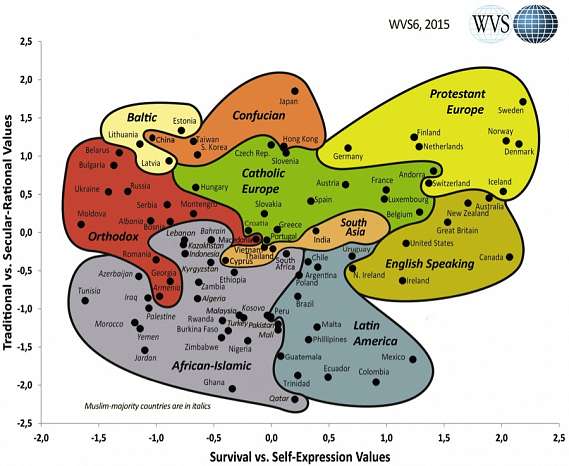See what I did in the title? Clever, I know.
The Doctor Who episode “The Zygon Inversion” provided some timely social commentary given some of the recent attacks in Paris, Beirut, and elsewhere. The second part to “The Zygon Invasion,” the story focuses on a splinter group of a shape-shifting alien race known as the Zygons. The episode revisits the characters and storyline of the 50th anniversary episode, in which a peace treaty was negotiated–thanks in no small part to the Doctor’s use of a memory wipe[ref]For those who doubt how cool this can be, just listen to the music that accompanies the Doctor(s)’s (yeah, there’s three of them in this episode…) entrance into the peace negotiation[/ref]–between humans and the attacking Zygons (whose home planet had been destroyed in the Last Great Time War). The Zygons were allowed to stay and live out their lives in peace disguised as humans. Yet, a Zygon revolution takes place, eventually leading to the Black Archives in London. There, UNIT leader Kate Stewart and the Zygon splinter group leader “Bonnie” (now disguised as the Doctor’s companion Clara) face off over the Osgood Box(es): devices that contain two buttons each. The buttons in Kate’s box could either set off a nuclear device beneath London or release Z-67 gas into Earth’s atmosphere, killing the Zygons alone (Kate’s preference). On the other hand, Bonnie’s box could either permanently change all disguised Zygons back into their original form (Bonnie’s preference) or permanently keep them in their chosen disguise.
The standoff results in one of the best Doctor Who speeches of the rebooted series and certainly one of Peter Capaldi’s highlights. The speech skewers both radicalism and the war hawks’ responses to it. It also briefly reflects the trauma that lingers long after the war has stopped.[ref]The Ninth Doctor often suffered from survivor’s guilt and a hatred of the Daleks, which was potent in the episode “Dalek.” The Tenth Doctor described the war as “hell.” The Eleventh Doctor described his war incarnation as “the one who broke the promise [of the Doctor’s name]” and thus was his dark “secret.”[/ref]
It’s great stuff. Check it out below.



 The World Bank
The World Bank 
 A
A  Economist Steven Horwitz has a
Economist Steven Horwitz has a 

 Readers of Difficult Run likely know that family structure and child well-being is a subject that I have spent quite a bit of time
Readers of Difficult Run likely know that family structure and child well-being is a subject that I have spent quite a bit of time